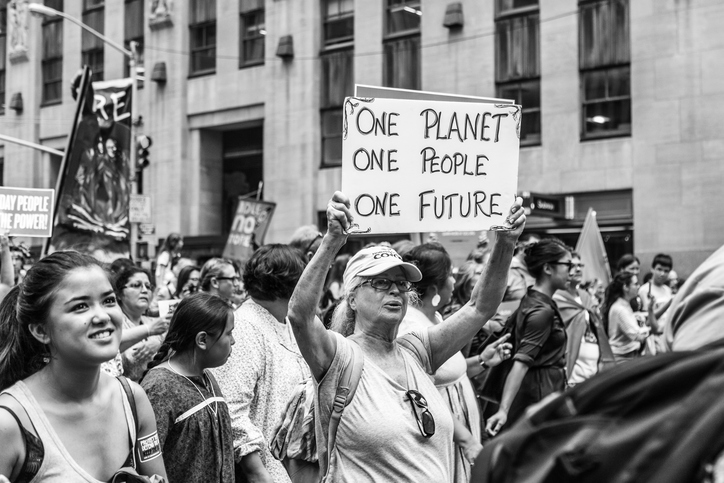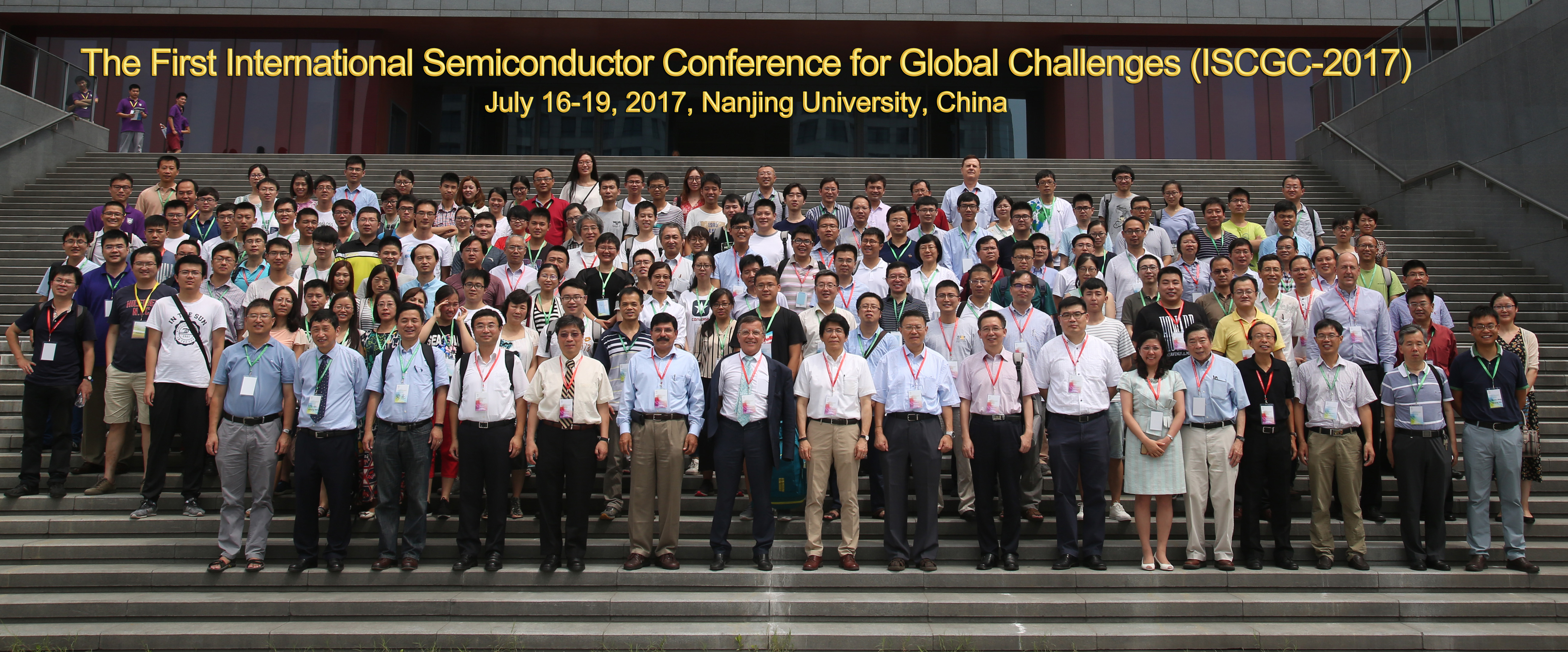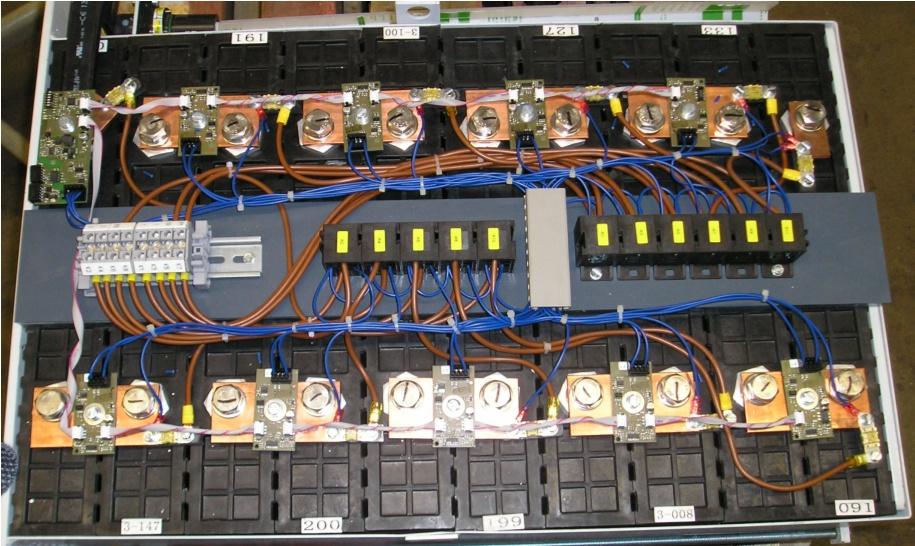 In its first Science for Solving Society’s Problems Challenge, ECS partnered with the Bill & Melinda Gates Foundation to leverage the brainpower of electrochemists and solid state scientists, working to find innovative research solutions to some of the world’s most pressing issues in water and sanitation. A total of seven projects were selected, resulting in a grand total of $360,000 in funding.
In its first Science for Solving Society’s Problems Challenge, ECS partnered with the Bill & Melinda Gates Foundation to leverage the brainpower of electrochemists and solid state scientists, working to find innovative research solutions to some of the world’s most pressing issues in water and sanitation. A total of seven projects were selected, resulting in a grand total of $360,000 in funding.
The researchers behind one of those projects recently published an open access paper in the Journal of The Electrochemical Society discussing their results in pursuing a single-use, biodegradable and sustainable battery that minimizes waste. The paper, “Evaluation of Redox Chemistries for Single-Use Biodegradable Capillary Flow Batteries,” was published August 18 and authored by Omar Ibrahim, Perla Alday, Neus Sabaté, Juan Pablo Esquivel (pictured with prototype at right), and Erik Kjeang.


 While pursing work on the highly desirable but technically challenging lithium-air battery, researchers unexpectedly discovered a new way to capture and store carbon dioxide. Upon creating a design for a lithium-CO2 battery, the research team found a way to isolate solid carbon dust from gaseous carbon dioxide, all while being able to separate oxygen.
While pursing work on the highly desirable but technically challenging lithium-air battery, researchers unexpectedly discovered a new way to capture and store carbon dioxide. Upon creating a design for a lithium-CO2 battery, the research team found a way to isolate solid carbon dust from gaseous carbon dioxide, all while being able to separate oxygen. This summer I worked on the Greenland ice sheet, part of a scientific experiment to study surface melting and its contribution to Greenland’s accelerating ice losses. By virtue of its size, elevation and currently frozen state, Greenland has the potential to cause large and rapid increases to sea level as it melts.
This summer I worked on the Greenland ice sheet, part of a scientific experiment to study surface melting and its contribution to Greenland’s accelerating ice losses. By virtue of its size, elevation and currently frozen state, Greenland has the potential to cause large and rapid increases to sea level as it melts. Researchers have found a new method for finding lithium, used in the lithium-ion batteries that power modern electronics, in supervolcanic lake deposits.
Researchers have found a new method for finding lithium, used in the lithium-ion batteries that power modern electronics, in supervolcanic lake deposits.
